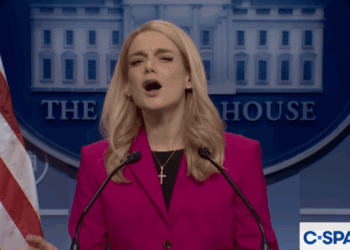Each day, as many as 20 trucks of semolina arrive at Garofalo, one of Italy’s largest pasta exporters. The ground durum wheat can come from anywhere in the world, but every other step in the process must happen in Gragnano, a town outside Naples where Garofalo is based.
In the humid and deafeningly loud factory, the wheat is mixed with spring water from the nearby Lattari Mountains, and the dough is pressed through bronze-edged molds. The bronze gives the pasta a distinctive rough texture that allows sauce to cling to it better, the mark of high quality.
It’s a process dictated by the local traditions that have earned Gragnano its reputation as the European capital of pasta and won it admirers from around the world.
A substantial amount of the pasta made by Garofalo is destined for American kitchens, which make up about a fifth of the company’s sales. But that could end next year.
Garofalo and a dozen other Italian producers are facing tariffs of more than 100 percent on their exports to the United States, which could make their pasta prohibitively expensive.
“It’s shocking,” said Massimo Menna, the chief executive of Garofalo.
The post Pasta at Twice the Price? Some Italian Producers Face Huge U.S. Tariffs. appeared first on New York Times.




